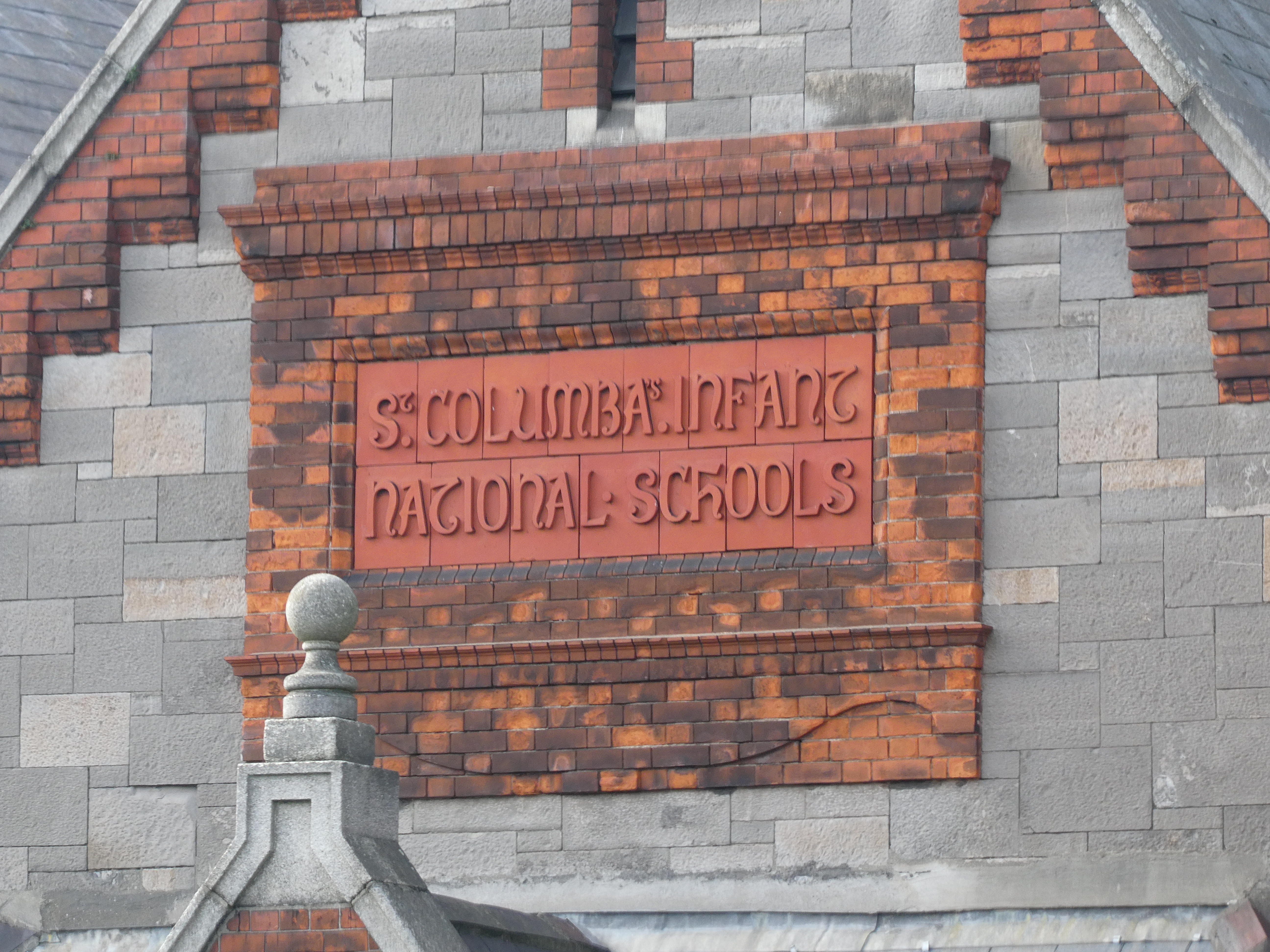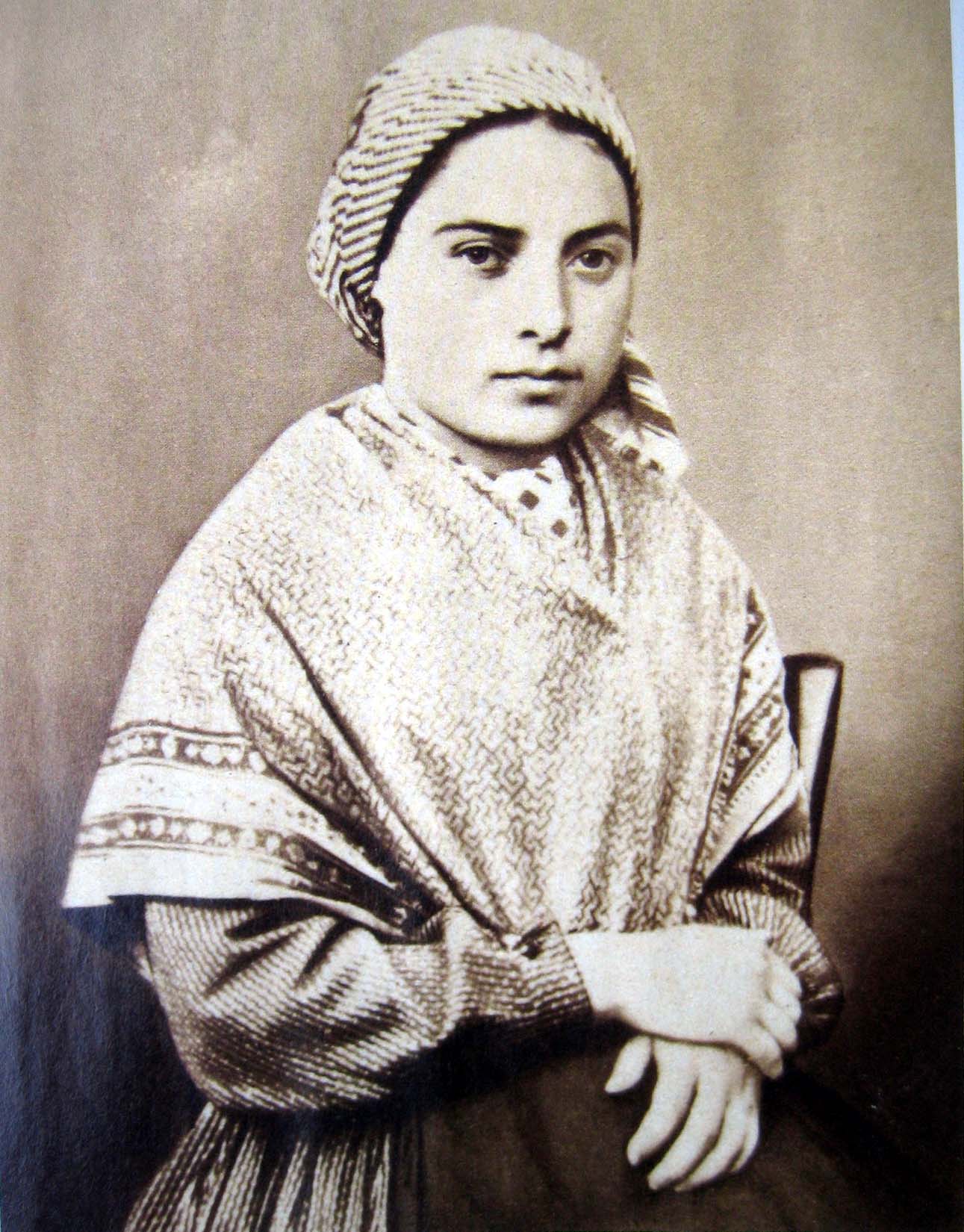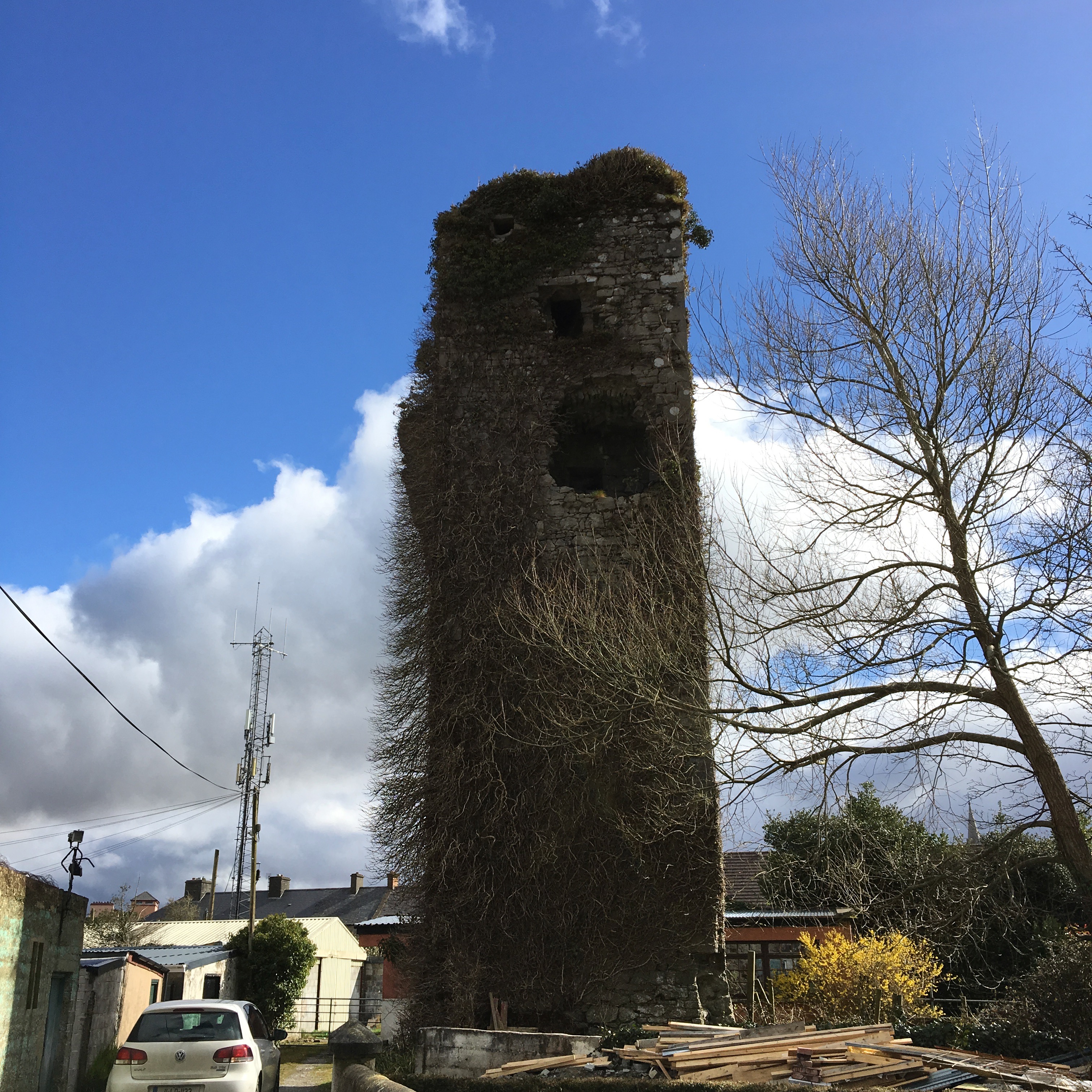|
Scartaglen
Scartaglen or Scartaglin () is a village and townland in the Sliabh Luachra area of County Kerry, Ireland. It is located on the R577 regional road, close to the town of Castleisland. As of the 2011 census, the townland of Scartaglin had a population of 163 people. The local Roman Catholic church is dedicated to Our Lady of Lourdes and was built between 1928 and 1930. Scartaglin National School is a co-educational primary (national) school which had over 120 pupils enrolled as of the 2020 school year. The local Gaelic Athletic Association club, Scartaglin GAA Scartaglin is a Gaelic Athletic Association club from Scartaglen, County Kerry, Ireland. Founded in 1964, the club fields teams in the East Kerry Division of the GAA county of Kerry. Players from the club also play in the Kerry Senior Footba ..., fields teams in the East Kerry Division. See also * World Fiddle Day References {{reflist Towns and villages in County Kerry ... [...More Info...] [...Related Items...] OR: [Wikipedia] [Google] [Baidu] |
World Fiddle Day
World Fiddle Day is an annual celebration of fiddle music, held on the third Saturday of May. World Fiddle Day events are held around the world, in areas where fiddle music is popular."World Fiddle Day in Kerry village of Scartaglin pays tribute to Sliabh Luachra master Pádraig O’Keeffe" ''Irish Examiner'', May 13, 2016 Pet O’Connell History World Fiddle Day was founded by fiddler Caoimhin Mac Aoidh in 2012. The May date was chosen to coincide with the 1737 death of It ...[...More Info...] [...Related Items...] OR: [Wikipedia] [Google] [Baidu] |
Scartaglin GAA
Scartaglin is a Gaelic Athletic Association club from Scartaglen, County Kerry, Ireland. Founded in 1964, the club fields teams in the East Kerry Division of the GAA county of Kerry. Players from the club also play in the Kerry Senior Football Championship with the divisional side St. Kierans. Divisional teams Scartaglin players play with St. Kierans at senior level as a divisional team in the Kerry Senior Football Championship. Other clubs, which contribute players to St. Kierans' teams, include Ballymacelligott, Brosna, Cordal, Currow, Castleisland Desmonds Castleisland Desmonds are a Gaelic Athletic Association club in Castleisland, County Kerry, Ireland. The club won its first County Championship in 1950. They won others in 1981, 1982 and 1984. They won the Munster Club Championship and All-I ... and Knocknagoshel. Achievements * Munster Junior B Club Football Championship (1): 2012 * Kerry Novice Football Championship (3): 1983, 2012, 2019. Notable players * P ... [...More Info...] [...Related Items...] OR: [Wikipedia] [Google] [Baidu] |
Sliabh Luachra
Sliabh Luachra (), sometimes anglicised Slieve Logher, is an upland region in Munster, Ireland. It is on the borders of counties Cork, Kerry and Limerick, and bounded to the south by the River Blackwater. It includes the Mullaghareirk Mountains. Music and literature Sliabh Luachra has produced several Irish poets: Geoffrey Fionn Dálaigh, Aogán Ó Rathaille, and the charismatic Gaelic poet Eoghan Rua Ó Súilleabháin (1748–1784). This latter poet's many exploits live on in local folklore, as do his poetry and aislings (dramatic descriptions). His solo set dance, "Rodney's Glory," was composed in 1783 and follows his adventures after being forced to join the British Navy. Sliabh Luachra was also the birthplace of the folklorist, poet, and translator Edward Walsh (1805–1850), Patrick S. Dinneen, who compiled Dineen's Dictionary, viewed as the "bible" of Irish language, and Tomás Rathaille, Superior General of the Presentation Brothers 1905–1925 who wrote two books of ... [...More Info...] [...Related Items...] OR: [Wikipedia] [Google] [Baidu] |
Western European Time
Western European Time (WET, UTC±00:00) is a time zone covering parts of western Europe and consists of countries using UTC±00:00 (also known as Greenwich Mean Time, shortly called GMT). It is one of the three standard time zones in the European Union along with Central European Time and Eastern European Time. The following Western European countries and regions use UTC±00:00 in winter months: *Portugal, since 1912 with pauses (except Azores, UTC−01:00) *United Kingdom and Crown Dependencies, since 1847 in England, Scotland, Wales, the Channel Islands, and the Isle of Man, and since 1916 in Northern Ireland, with pauses *Ireland, since 1916, except between 1968 and 1971 *Canary Islands, since 1946 (rest of Spain is CET, UTC+01:00) *Faroe Islands, since 1908 * Madeira islands, since 1912 with pauses * North Eastern Greenland ( Danmarkshavn and surrounding area) *Iceland, since 1968, without summer time changes All the above countries except Iceland implement daylight savi ... [...More Info...] [...Related Items...] OR: [Wikipedia] [Google] [Baidu] |
East Kerry GAA
The East Kerry Board of the Gaelic Athletic Association caters for 13 Gaelic football clubs and 1 hurling club in the East Kerry division of the GAA county of Kerry. History Early Years The East Kerry Board was founded in 1925 following a decision to sub-divide Kerry into a number of divisions. The first chairman and secretary were football legends Dick Fitzgerald and Paul Russell. The first meeting of the new Board was attended by delegates from eight clubs; Currow, Farranfore, Firies, Headford, Kenmare, Killarney, Kilcummin and Killorglin. In 1931, Ballymacelligott, Cordal, Currow, Farranfore and Scartaglin broke away from the Division and joined with Castleisland to form the Castleisland District League. In 1947, Laune Rangers, Castlemaine, Milltown, Tuogh and Glenbeigh broke away with Beaufort to form the Mid Kerry League. Hurling Legend has it that a hurling game between the Fianna and the Tuatha De Danann took place in the countryside between Fossa and Glen ... [...More Info...] [...Related Items...] OR: [Wikipedia] [Google] [Baidu] |
Gaelic Athletic Association
The Gaelic Athletic Association (GAA; ga, Cumann Lúthchleas Gael ; CLG) is an Irish international amateur sporting and cultural organisation, focused primarily on promoting indigenous Gaelic games and pastimes, which include the traditional Irish sports of hurling, camogie, Gaelic football, Gaelic handball and rounders. The association also promotes Irish music and dance, as well as the Irish language. As of 2014, the organisation had over 500,000 members worldwide, and declared total revenues of €65.6 million in 2017. The Games Administration Committee (GAC) of the Gaelic Athletic Association (GAA) governing bodies organise the fixture list of Gaelic games within a GAA county or provincial councils. Gaelic football and hurling are the most popular activities promoted by the organisation, and the most popular sports in the Republic of Ireland in terms of attendances. Gaelic football is also the second most popular participation sport in Northern Ireland. The women' ... [...More Info...] [...Related Items...] OR: [Wikipedia] [Google] [Baidu] |
National School (Ireland)
In Ireland, a national school () is a type of primary school that is financed directly by the state, but typically administered jointly by the state, a patron body, and local representatives. In national schools, most major policies, such as the curriculum and teacher salaries and conditions, are managed by the state through the Department of Education and Skills. Minor policies of the school are managed by local people, sometimes directed by a member of the clergy, as representative of the patron, through a local 'board of management'. Most primary schools in Ireland fall into this category, which is a pre-independence concept. While there are other forms of primary school in Ireland, including a relatively small number of private denominational schools which do not receive state aid, there were just 34 such private primary schools in 2012, with a combined enrollment of 7,600 pupils. By comparison there were, as of 2019, over 3,200 national schools in Ireland with a combined en ... [...More Info...] [...Related Items...] OR: [Wikipedia] [Google] [Baidu] |
Our Lady Of Lourdes
Our Lady of Lourdes (french: Notre-Dame de Lourdes) is a title of the Virgin Mary. She is venerated under this title by the Roman Catholic church due to her apparitions that occurred in Lourdes, France. The first apparition of 11 February 1858, of which Bernadette Soubirous (age 14) told her mother that a "Lady" spoke to her in the cave of Massabielle ( from the town) while she was gathering firewood with her sister and a friend. Similar apparitions of the "Lady" were reported on 18 occasions that year, until the climax revelation of Our Lady of the Immaculate Conception took place. On 18 January 1862, the local Bishop of Tarbes Bertrand-Sévère Laurence endorsed the veneration of the Blessed Virgin Mary in Lourdes. On 1 February 1876, Pope Pius IX officially granted a decree of canonical coronation to the image as ''Notre-Dame du Saint Rosaire''. The coronation was performed by Cardinal Pier Francesco Meglia at the courtyard of what is now part of the Rosary Basilica on 3 July ... [...More Info...] [...Related Items...] OR: [Wikipedia] [Google] [Baidu] |
Castleisland
Castleisland () is a town and commercial centre in County Kerry in south west Ireland. The town is known for the width of its main street. As of the 2016 Census, Castleisland had a population of 2,486. Castleisland was described by one of its citizens, journalist Con Houlihan, as "not so much a town as a street between two fields". History Castleisland was the centre of Desmond power in Kerry. The village got its name, 'Castle of the Island of Kerry', from a castle built in 1226 by Geoffrey Maurice (or de Marisco). Maurice had been the Lord Justice of Ireland during the reign of King Henry III. The island was created by turning the waters of the River Maine into a moat around the castle. Sometime in the 120 years after its construction, the castle was taken by the forces of the Earl of Desmond. It is known that in 1345 the castle was being held for the Earl of Desmond by Sir Eustace de la Poer and other knights when it was captured by Sir Ralph Ufford, Lord Justice of Ir ... [...More Info...] [...Related Items...] OR: [Wikipedia] [Google] [Baidu] |
R577 Road (Ireland)
The R577 road is a regional road in Ireland. It travels from the N21 road to the N72 road, via the town of Castleisland in County Kerry and the villages of Ballydesmond, Kiskeam and Boherbue in County Cork County Cork ( ga, Contae Chorcaí) is the largest and the southernmost county of Ireland, named after the city of Cork, the state's second-largest city. It is in the province of Munster and the Southern Region. Its largest market towns a .... The road is long. References Regional roads in the Republic of Ireland Roads in County Kerry Roads in County Cork {{Ireland-road-stub ... [...More Info...] [...Related Items...] OR: [Wikipedia] [Google] [Baidu] |
Townland
A townland ( ga, baile fearainn; Ulster-Scots: ''toonlann'') is a small geographical division of land, historically and currently used in Ireland and in the Western Isles in Scotland, typically covering . The townland system is of Gaelic origin, pre-dating the Norman invasion, and most have names of Irish origin. However, some townland names and boundaries come from Norman manors, plantation divisions, or later creations of the Ordnance Survey.Connolly, S. J., ''The Oxford Companion to Irish History, page 577. Oxford University Press, 2002. ''Maxwell, Ian, ''How to Trace Your Irish Ancestors'', page 16. howtobooks, 2009. The total number of inhabited townlands in Ireland was 60,679 in 1911. The total number recognised by the Irish Place Names database as of 2014 was 61,098, including uninhabited townlands, mainly small islands. Background In Ireland a townland is generally the smallest administrative division of land, though a few large townlands are further divided into h ... [...More Info...] [...Related Items...] OR: [Wikipedia] [Google] [Baidu] |
Irish Standard Time
Republic of Ireland, Ireland uses Irish Standard Time (IST, UTC+01:00; ga, Am Caighdeánach Éireannach) in the summer months and Greenwich Mean Time (UTC+00:00; ''Meán-Am Greenwich'') in the winter period. (Roughly half of the state is in the 7.5°W to 22.5°W sector, half is in the same sector as Greenwich: 7.5°E to 7.5°W). In Ireland, the Standard Time Act 1968 legally established that ''the time for general purposes in the State (to be known as standard time) shall be one hour in advance of Greenwich mean time throughout the year''. This act was amended by the Standard Time (Amendment) Act 1971, which legally established Greenwich Mean Time as a winter time period. Ireland therefore operates one hour behind standard time during the winter period, and reverts to standard time in the summer months. This is defined in contrast to the other states in the European Union, which operate one hour ahead of standard time during the summer period, but produces the same end result. ... [...More Info...] [...Related Items...] OR: [Wikipedia] [Google] [Baidu] |





_Act_1916.jpg)